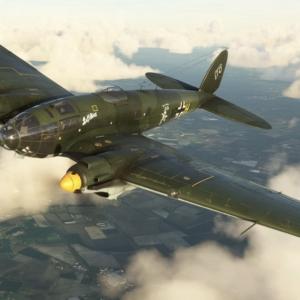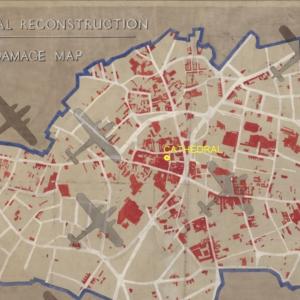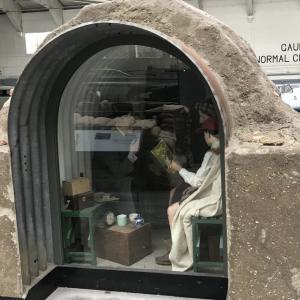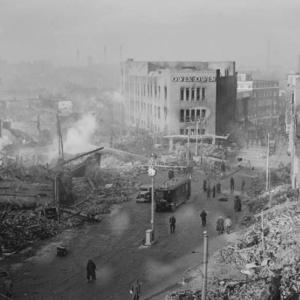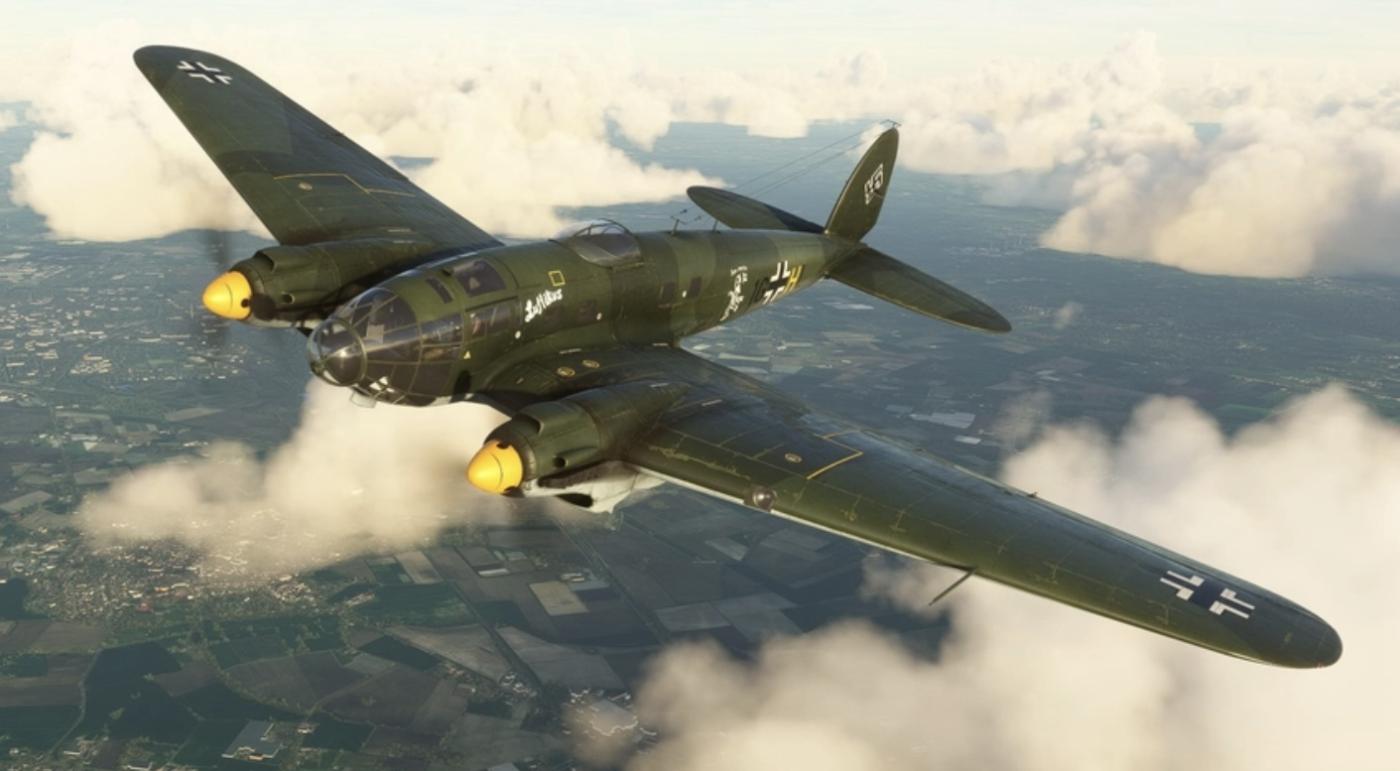
HE-11 Luftwaffe bomber
The Heinkel He 111 began life in the mid 1930s as a sleek twin engined aircraft that Heinkel pretended was a fast passenger transport, though in reality it was always meant to be a bomber. The designers were the famous Günter brothers, Siegfried and Walter, working at Heinkel Flugzeugwerke. The first flight was in 1935. It was a modern, clean design with smooth lines and for its day it looked extremely advanced.
Heinkel built the great majority of them, but later on as more were required for the Luftwaffe, other factories also built them under licence or contract. The majority were manufactured between 1935 and 1944. Depending on how one counts late conversions and foreign licence built examples, somewhere between about 6,000 and 7,000 in total were built.
The Heinkel He 111’s engines changed over the course of its life. Early development machines used BMW VI liquid cooled V-12 piston engines. Early production bombers also used DB 600 series Daimler-Benz engines. However the long running main production bomber family, the He 111 H series, was powered mostly by Junkers Jumo 211 engines. These were liquid cooled V-12 piston engines of various sub types. Power also varied as later Jumo 211 versions were uprated for more power as the war went on. A typical Jumo 211 fitted to the H series was in the region of 1,000 horsepower, and later improved versions reached well above that. Some late variants also experimented with other engines but the Jumo 211 powered H series was the real mass production workhorse.
The He 111 was designed as a medium bomber. It was intended to carry a useful internal bomb load at decent speed and medium range. It was used in Spain, Poland, France, the Battle of Britain, the Eastern Front, and all sorts of other theatres. It delivered level bombing attacks, anti-shipping strikes, torpedo attacks at sea, and as the war went on and it became more vulnerable it was used also as a transport, a glider tug for large gliders, and for supply missions.
The crew was usually four or five men, depending on the version and the mission. The type had the well known glazed or “greenhouse” nose, which gave the navigator and bomb aimer a huge field of view. There was a pilot, a navigator/bomb aimer in the nose, a radio operator, and gunners in various positions. Early in the war it had mostly rifle calibre defensive machine guns, but later marks had heavier defensive guns including 20 mm cannon in some positions.
The bomb load varied a lot by version, but a typical wartime He 111 could carry roughly 1,000 to 2,000 kg of bombs internally, and there were also external racks for larger or special bombs. In maritime service versions it carried torpedoes as well. Its job changed depending on the theatre, but its main original task was as a mass formation medium bomber to support the fast moving German campaigns.
Performance depended on version, but as a guide, maximum speeds fell in the region of about 350 to 440 km/h (roughly around 220 to 275 mph). Service ceilings were commonly around 7,000 to 9,000 metres although most operations were flown lower. Its combat radius was medium range, enough to carry out deep strikes into Britain from French bases, or into the Soviet Union from forward airfields, but not the thousands of miles that true strategic bombers of later years could achieve.
By the end of the war it was clear the Heinkel He 111 was an aircraft from an earlier era. At the start it looked advanced and could outrun many fighters. Later it became increasingly vulnerable and suffered heavy losses. However it remained a backbone bomber for the Luftwaffe through the early war and became one of the most recognisable bombers of the Second World War. Its shape, especially the glass nose, remains one of the most famous and instantly known Luftwaffe bomber silhouettes in history.

